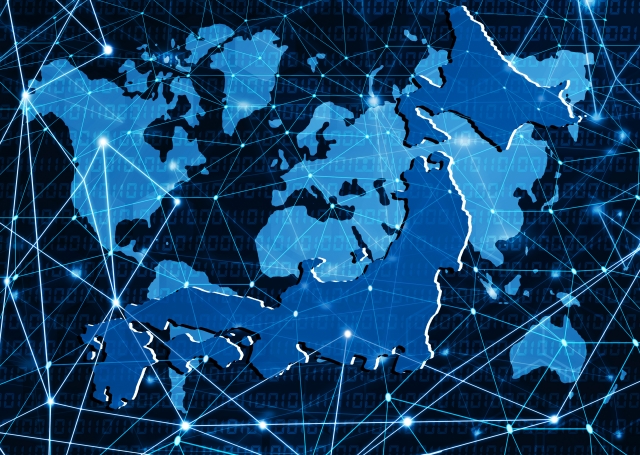In our modern life, the internet is close to a superhighway, facilitating the flow of information, commerce, and entertainment. As the backbone of modern communication and business, the speed of this highway is critical. Recently, we’ve seen a significant evolution in internet speeds globally, a trend that not only reshapes user experience but also sets the stage for the future of digital interaction.
The speed evolution
From the days of dial-up connections to the present, where fiber-optic and 5G technologies reign, the speed of internet connections has seen exponential growth. This surge is fueled by technological advancements, increased demand for high-speed internet in both personal and professional spheres, and significant investments in infrastructure by governments and private entities. Today, ultra-fast internet speeds are not just a luxury but a necessity, powering everything from basic web browsing to high-definition video streaming, cloud computing, and online gaming.
Speed Spectrum: The Fastest and Slowest
In the diverse digital landscape, internet speeds can vary dramatically from one country to another. Based on recent data*, let’s look at the countries leading and trailing in this digital race.
5 countries with the fastest internet speed (mobile)
The UAE, Qatar, Kuwait, China, and Denmark lead with remarkable mobile internet speeds, a testament to their hefty investments in cutting-edge 5G and fiber-optic technologies. These countries, especially in the Middle East, leverage their economic mastery to enhance digital connectivity, a crucial element in their strategies for economic diversification. Similarly, China and Denmark’s technological innovation and robust digital policies play pivotal roles in their high-speed internet achievements, setting a global benchmark.
5 countries with the slowest internet speed (mobile)
On the other hand, nations like Cuba, East Timor, Sudan, Afghanistan, and Yemen lag significantly, primarily due to economic constraints, infrastructural challenges, and political instability. These factors impede substantial investment in digital infrastructure, leaving them trailing in the high-speed internet race. Limited access to modern technology, regulatory hurdles, and ongoing conflicts further exacerbate the digital divide, hindering progress and connectivity.
Japan is sliding away…
Surprisingly, Japan, once praised with cutting-edge technology, ranks 55th in mobile internet speed. This unexpected position is attributed to the country’s late adoption of 4G technology and a slow transition to 5G, coupled with bureaucratic hurdles and a focus on extensive but aging infrastructure. Despite its technological prowess, Japan’s cautious approach to telecom innovation and complex regulatory landscape have contributed to its mediocre standing in global internet speed rankings, underscoring the multifaceted nature of digital advancement.
*Data used in this article is based on the Speedtest Global Index (December 2023) by Speedtest.
Internet Speed and Website Development
Lastly, it is inevitable to address the importance of consideration for internet speed for businesses and web developers. Understanding these disparities is crucial when targeting an international audience. Since providing a better user experience is considered the most important to both search engines and users, websites should be optimized for varying internet speeds to ensure accessibility and a positive user experience globally.
In general, these optimizations need to be considered.
- Minimizing file sizes
- Optimizing images and videos
- Implementing efficient coding practices
- Considering content delivery networks (distribute content closer to the user, thereby reducing load times.)
The world’s internet speed is a study of contrasts, with blazing-fast speeds in some regions and sluggish connections in others. However, the overall trend is one of rapid improvement and innovation. As technology advances and access expands, we are moving towards a future where high-speed internet becomes a global norm, fueling unprecedented growth and connectivity.


